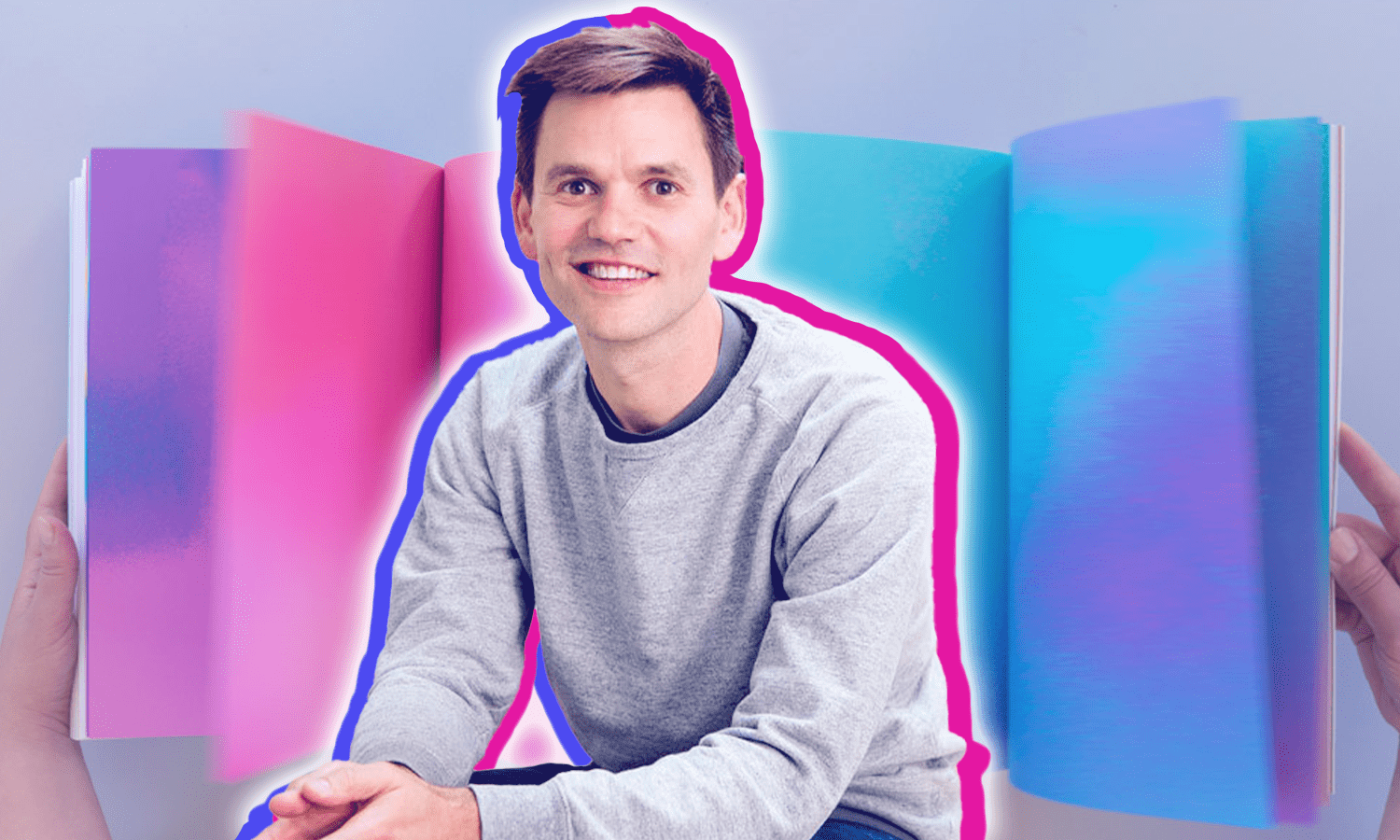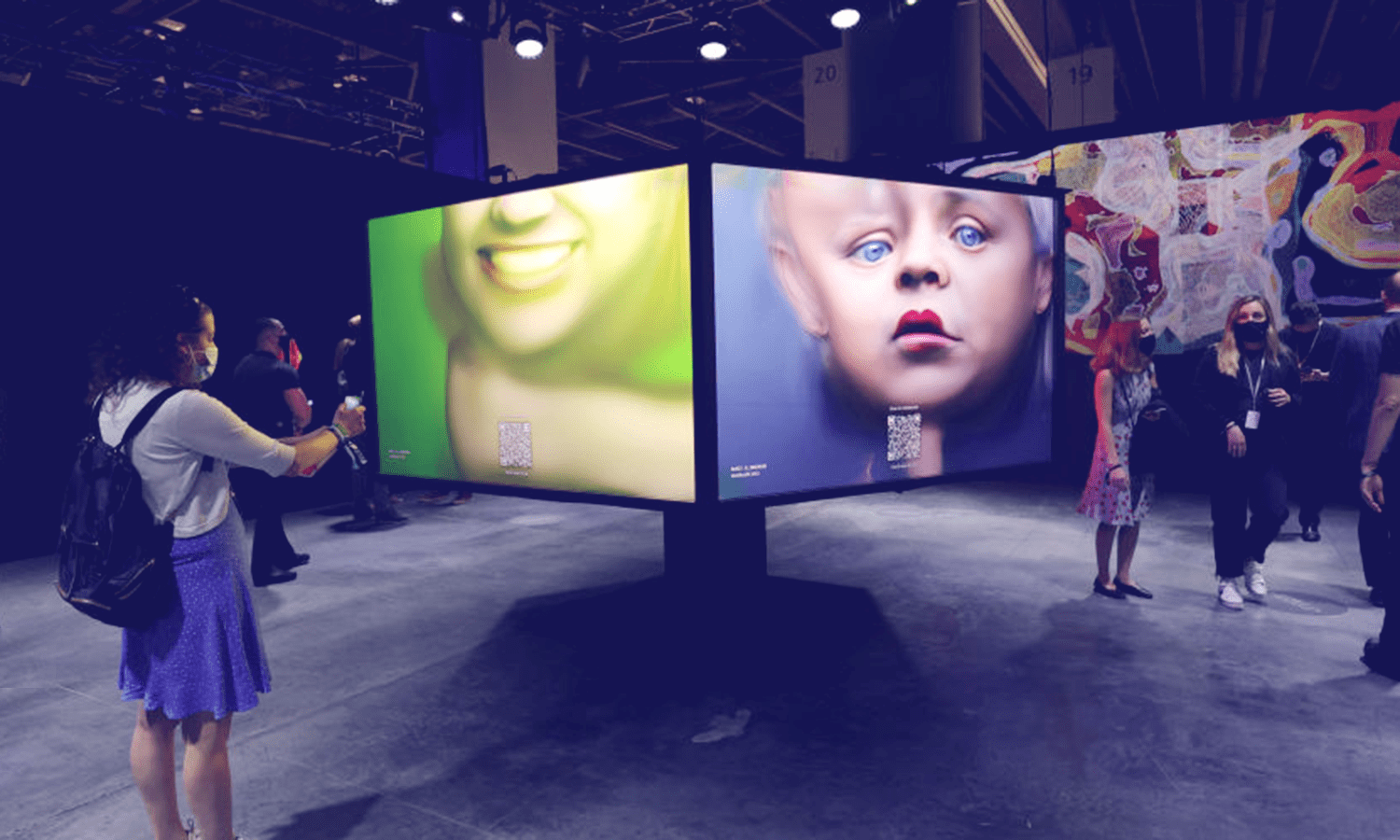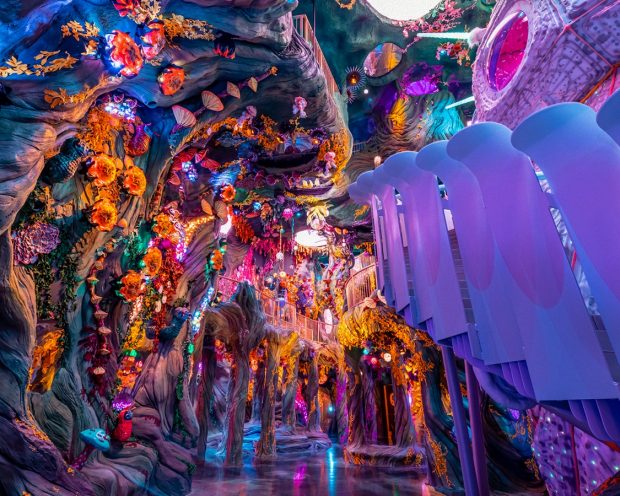Managing pure art and brand art: Q&A with founder, artist and executive creative director Martin Grasser

“Sorry I’m late,” said Martin Grasser the first time we met over Zoom. “I’m drawing a baseball player.” I expected to see barely-there pencil marks forming the base of what might eventually look like a batter in motion. Instead, Martin picked up his iPad to reveal what can only be described as a photograph of a headless San Francisco Giants player. The depth, color, shadow, and movement he’d created in just 15 minutes blew my mind. This made me even more excited to talk art with him. From his Bay Area studio, Martin produces work in an iterative mode, isolating core concepts and expanding upon them through repetition (check out his website and it will all make sense). In 2016, he joined forces with strategic partner Gabrielle Muse to launch Studio Mococo, where he leads a diverse creative team producing brands that celebrate art in the everyday. You probably don’t know it, but you see Martin’s work all the time. (For those of us who communicate in 280 characters or less, that's literally every day.) I chatted with Martin about the importance of participation in experiential, creative as capital, and a very special little blue bird celebrating its 10th birthday...

